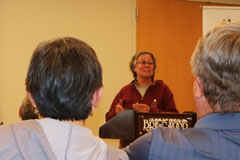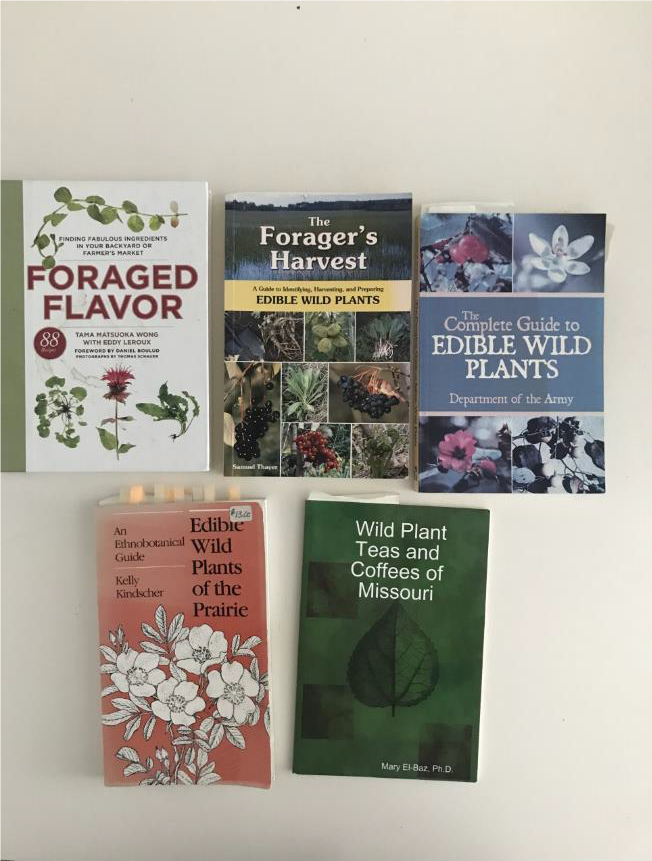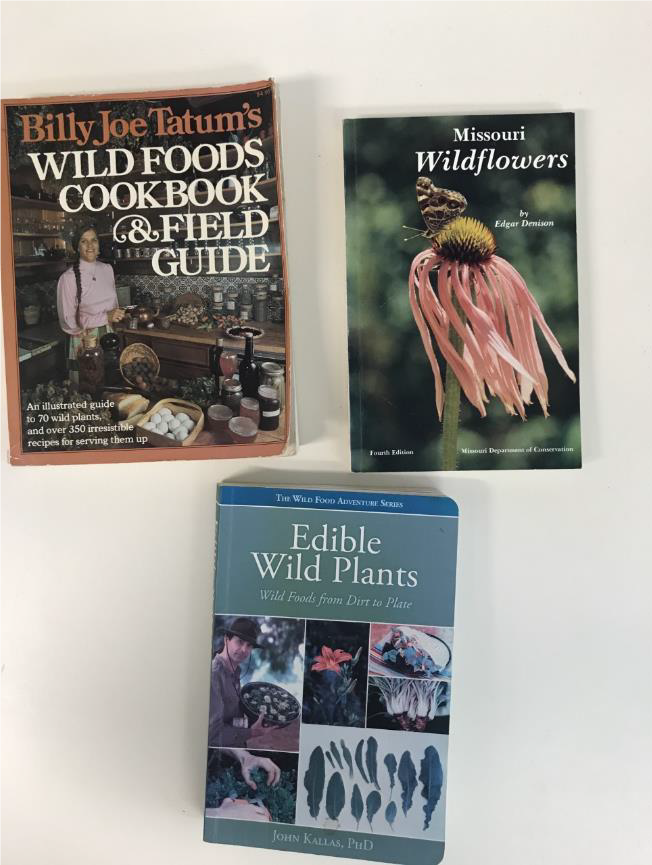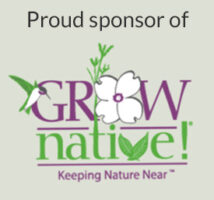 Native Edibles
Native Edibles
Presented by: Jen Sieradzki
Jen discussed the various ways that you can enjoy edible plants from your native garden. As the Horticultural Manager at Shaw Nature Reserve, she experiments with harvesting and processing native plants and understands their ethnobotanical uses. She has a passion for native plants and food…so this subject was the perfect fit! Throughout the presentation she described her first-hand experience with the preparation process for the various items.
Jen discussed the difference between foraging versus intentional gardening. You can’t forage on other’s property. You are unaware of herbicides and fertilizers which may have been used and you may not have a clear plant identification. Know what you’re eating! As an example of the identification issue, she compared the elderberry leaf and the sumac leaf – they appear to be very similar but sumac and elderberry could easily be confused. Therefore, it’s much safer to plant edible plants in your home garden.
Jen categorized her presentation by Twigs & Roots, Greens & Herbs, Flowers, and Tubers, Rhizomes & Bulbs. She recommended Sunchoke tubers (Helianthus tuberosus), Wild Ginger Root (Asarum canadense) in small quantities, and Wild Onions (Allium spp.). Sunchokes should be collected after a frost because it will help to break down inulin in the tuber that helps to make the sunchoke sweeter and easier to digest. When collecting wild onion just remember that if it smells like an onion, it is an onion. Do not eat plants if you’re not able to properly identify them. Always collect plants responsibly and do not deplete a wild population.
In the Twigs & Roots category, the Spicebush (Lindera benzoin) provides berries – the flesh can be dried and used to provide a flavor similar to allspice; the seeds can be dried and used similarly to pepper. Sassafras (Sassafras albidum) leaves can be dried and used as a thickening agent and the plant roots are edible. Rinse off the dirt, boil, and let steep for a glass of sassafras tea!
An example of Greens & Herbs is Golden Glow (Rudbeckia laciniata) – blanch it and freeze it and it can be used like spinach. Cooked Cup plant (Silphium perfoliatum) leaves taste like buttered kale. Wild Bergamot and Bee Balm (Monarda spp.) have an oregano-like taste and can be used in soda bread. Slender Mountain Mint (Pycnanthemum tenuifolium) can be used to make tea and spring shoots of Ostrich Fern (Matteuccia struthiopteris) and Fiddleheads can be sauteed. Solomon’s Plume (Maianthemum racemosum) can be clipped and harvested several times.
Flowers from the Eastern Redbud (Cercis canadensis) can be used in a salad, as well as wild Violets, Common Milkweed (Asclepias spp.) and Bluebells (Mertensia virginica).
In the Fruits category, the Persimmon (Diospyros virginiana) fruit is edible and the leaves can be used for tea. Elderberry (Sambucus spp.) flowers are edible. Simmer the berries to produce a syrup but leaves, stems and roots are no edible. If you’re fortunate enough to get there before the racoons – Paw Paws (Asimina triloba) fruits (not flowers) are edible. Black Chokeberry (Aronia melanocarpa) is delicious if processed and is a great all-season shrub in your home garden.
Examples of Tubers, Rhizomes and Bulbs include Sunchoke tubers. Cut up the Wild Ginger rhizomes for a dressing. And Wild Onions are edible.
This is just a sample of some of the plants Jen mentioned. She recommended The Wildcrafted Cocktail by Ellen Zachos for detailed ideas and instructions on preparation of garnishes and syrups, as well as cocktails! A caveat on identifying edible plants: Plants that share the same genus does not mean they are all edible. Jen recommended https://foragerchef.com/ to provide an identification as verification. It’s a great website with lots of tips on native edible plants and recipes.
Jen covered approximately 20 different species as well as when and how to harvest and process these plants. Prior to her position at Shaw Nature Reserve, she worked as a native plant horticulturist at Prairie Garden Trust in New Bloomfield, Missouri.
Other reference material Jen shared:
Members shared various home-cooked treats from their gardens:
1) Persimmon cookies – https://sites.google.com/site/cbkrecipes/grandma-lockett-s-persimmon-cookies
2) Pawpaw bread – https://www.allrecipes.com/recipe/255374/pawpaw-bread/
Variations: 1) Used 2/3C sugar and started checking bread at about 50 minutes
2) Additional cup of chopped dates
3) ‘Backyard Tea’ made with fairly equal portions of Strawberry leaf, Hairy Mountain Mint and Lemon Balm, plus Elderberry syrup to taste.



